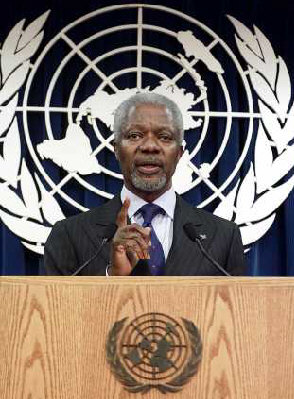
‘The best science and technology available must be deployed immediately if Africa’s soils are to be managed in a sustainable manner’ says Kofi Annan, chairman of the Alliance for a Green Revolution in Africa (AGRA) and former UN Secretary-General. ‘Let there be no mistake about the significance of this wonderful project’.
The map will also be important to other parts of the world. In Australia, Neil McKenzie, the Chief of the Land and Water division of the Commonwealth Scientific and Industrial Research Organisation (CSIRO), states that ‘In Oceania, reliable soil information is needed to assess and improve the efficiency of rain-fed and irrigated agriculture. The challenge of food security and human nutrition is a major issue and there is an urgent need to minimise exploitative land uses and soil degradation (especially through erosion and acidification)’.
It is hoped that the project will bring about collaboration between institutions in Canada, Mexico and the USA in order to produce soil property data. ‘It will allow scientists and officials to more easily make application of the data for many interpretive uses across the North American continent’, says Jon Hempel, Co-Director of the National Geospatial Development Centre of the National Resource Conservation Service in the USA.
The project has been made necessary by the increasingly sophisticated techniques available for producing digital soil maps. Currently, knowledge of the world’s soil resources is fragmented and out-dated. New techniques include remote sensing, data mining and spatial databases, as well as our improved scientific understanding of soil itself.
‘The new maps will replace the beautiful coloured paper soil maps developed in the last century which depicted soil types and which were largely qualitative and somewhat fixed depictions of soil distribution’, says Alex McBratney from the University of Sydney. ‘Digital soil maps are quantitative and dynamic and are in tune with the needs of scientists, policy makers and government officials…It is truly thrilling to be part of such a global enterprise’.
- Further information about the initiative can be found on the project’s website, GlobalSoilMap.net